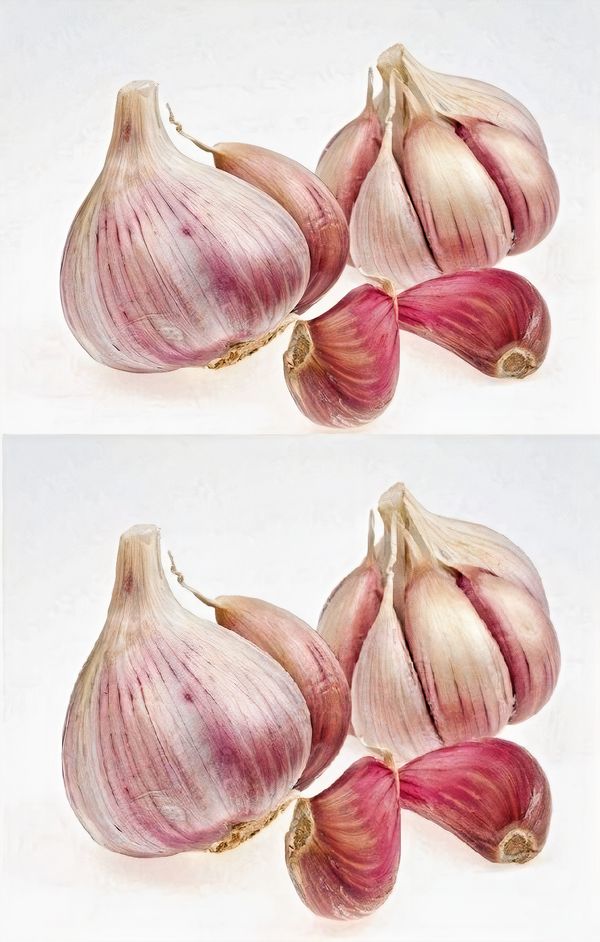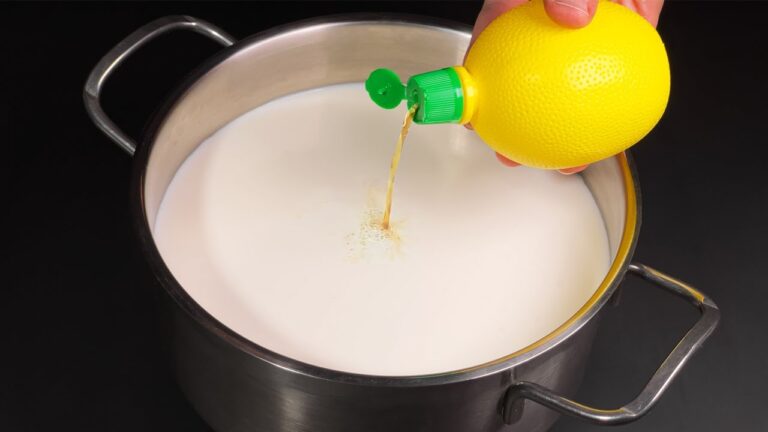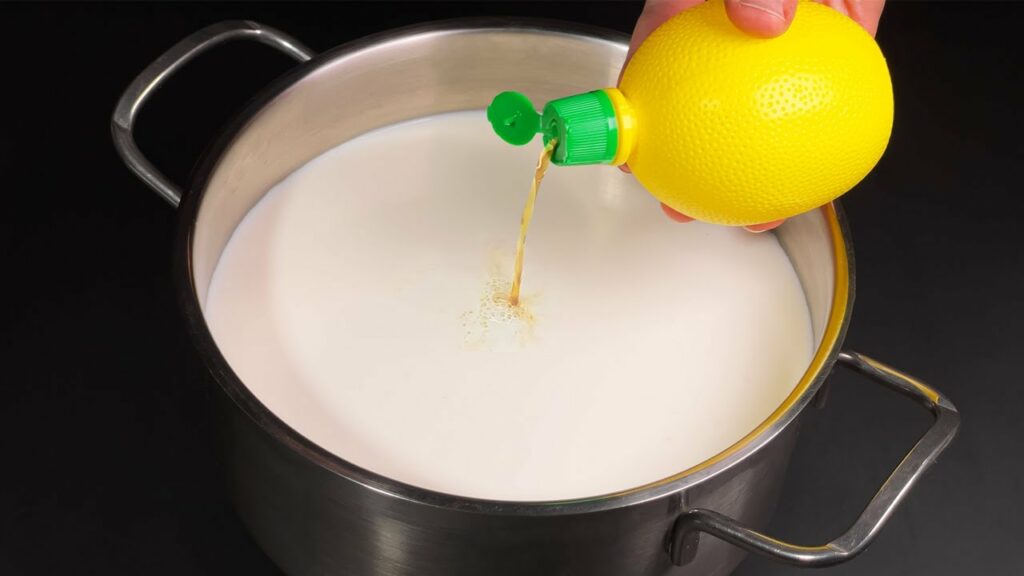As we grow older, it becomes even more crucial to take care of our health. And sometimes, the solutions we need are right in front of us, hidden in nature. One such hidden treasure is the Broadleaf Plantain (Plantago major), a wild herb with remarkable healing abilities that has been used in traditional medicine for centuries.
Discovering the Power of Broadleaf Plantain
Broadleaf Plantain is a versatile herb that stands out with its larger leaves compared to its relative, the Ribwort Plantain. Its adaptability and abundance make it a valuable asset in herbal remedies such as infusions, tinctures, and syrups. Don’t mistake it for a substitute for modern medicine, but don’t underestimate its incredible healing potential either.
The Rich Benefits of Broadleaf Plantain
This botanical marvel called Broadleaf Plantain contains minerals, mucilage, tannins, flavonoids, and iridoids, among other essential substances. These components contribute to its exceptional health benefits.
1. Relaxation and Respiratory Support
Broadleaf Plantain is famous for its sedative properties and its ability to ease respiratory problems. It helps in the discharge of mucus from the airways, providing relief.
2. Strengthening Mucous Membranes
The herb’s toning qualities are particularly beneficial for calming and fortifying mucous membranes, which play a crucial role in breathing and digestion.
3. Alleviating Aches and Pains
Thanks to its antispasmodic and anti-congestive properties, Broadleaf Plantain is useful for easing muscle spasms and cramps, providing relief from discomfort.
4. Wound Healing
When applied topically, Broadleaf Plantain aids in the cessation of bleeding and accelerates the healing of wounds, thanks to its hemostatic characteristics.
How to Harness the Power of Broadleaf Plantain
To experience the therapeutic benefits of Broadleaf Plantain, try these methods:
- Plantain Tincture: Take 3–5 milliliters (about 60 drops or 1 teaspoon) of plantain tincture three times a day for gastritis, irritable bowel syndrome, or catarrh.
- Therapeutic Juice: Drink 2 teaspoons of therapeutic juice made from dried plantain leaves three times a day. It effectively treats cystitis, diarrhea, lung infections, and more.
- Plantain Leaf Infusion: Brew three cups of plantain leaf infusion and drink it three times a day for relief from phlegm. Gargling with the infusion can also soothe an inflamed throat.
- Calming Syrup: Infuse 300 milliliters of plantain infusion with 225 grams of sugar to make a calming syrup. Take 5 milliliters (about 1 teaspoon) to relieve a sore throat and cough.
- Poultices: For slow-healing wounds or chronic ulcers, grind fresh green plantain leaves to make a poultice. It can also provide soothing relief for bug bites.
With this newfound knowledge of its extraordinary qualities, you’ll welcome the Broadleaf Plantain with open arms the next time you come across it in nature. Nature has given us a powerful ally in our quest for better health, and it’s up to us to embrace it.
Ready to spread the word? Share this valuable information with your friends too!
















